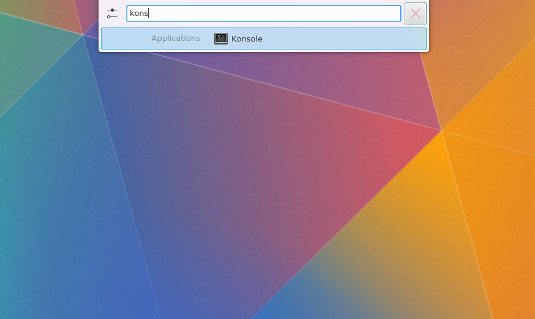Install MongoDB Debian Unstable
How to Install and Getting Started on the Latest MongoDB NoSQL Database Release for Debian Unstable GNU/Linux desktop/server.
MongoDB (from “humongous”) is an Open-Source Document Database written in C++, and the leading NoSQL database.
MongoDB Database Features:
- Document-Oriented Storage >> JSON-style documents with dynamic schemas offer simplicity and power.
- Full Index Support >> Index on any attribute, just like you’re used to.
- Replication & High Availability >> Mirror across LANs and WANs for scale and peace of mind.
- Auto-Sharding >> Scale horizontally without compromising functionality.
- Querying >> Rich, document-based queries.
- Fast In-Place Updates >> Atomic modifiers for contention-free performance.
- Map/Reduce >> Flexible aggregation and data processing.
- GridFS >> Store files of any size without complicating your stack.
- Professional Support by MongoDB >> Enterprise class support, training, and consulting available.

-
Open a Shell Terminal emulator window
Start Typing ‘term’ on desktop.
(Press “Enter” to Execute Commands)
In case first see: Terminal Quick Start Guide.
-
SetUp Apt Repo for Latest MongoDB Installation
-
Making Needed /data/db Directory.
sudo mkdir -p /data/db
sudo chmod g+w /data/db
The User Running the MongoDB Server need Write Permission on /data/db!
-
Installing the MongoDB Database for Debian
sudo apt-get install -y mongodb-org
If During Installation Got “unknown initscript, /etc/init.d/mongodb not found” Look
MongoDB Installation Troubleshootings -
Start MongoDB Server
Make the Needed Data Directory:
su
If Got “User is Not in Sudoers file” then see: How to Enable sudo
mkdir -p /data/db
Starting the MongoDB Server:
mongod
-
MongoDB Database Getting Started Guide.
MongoDB First, Steps